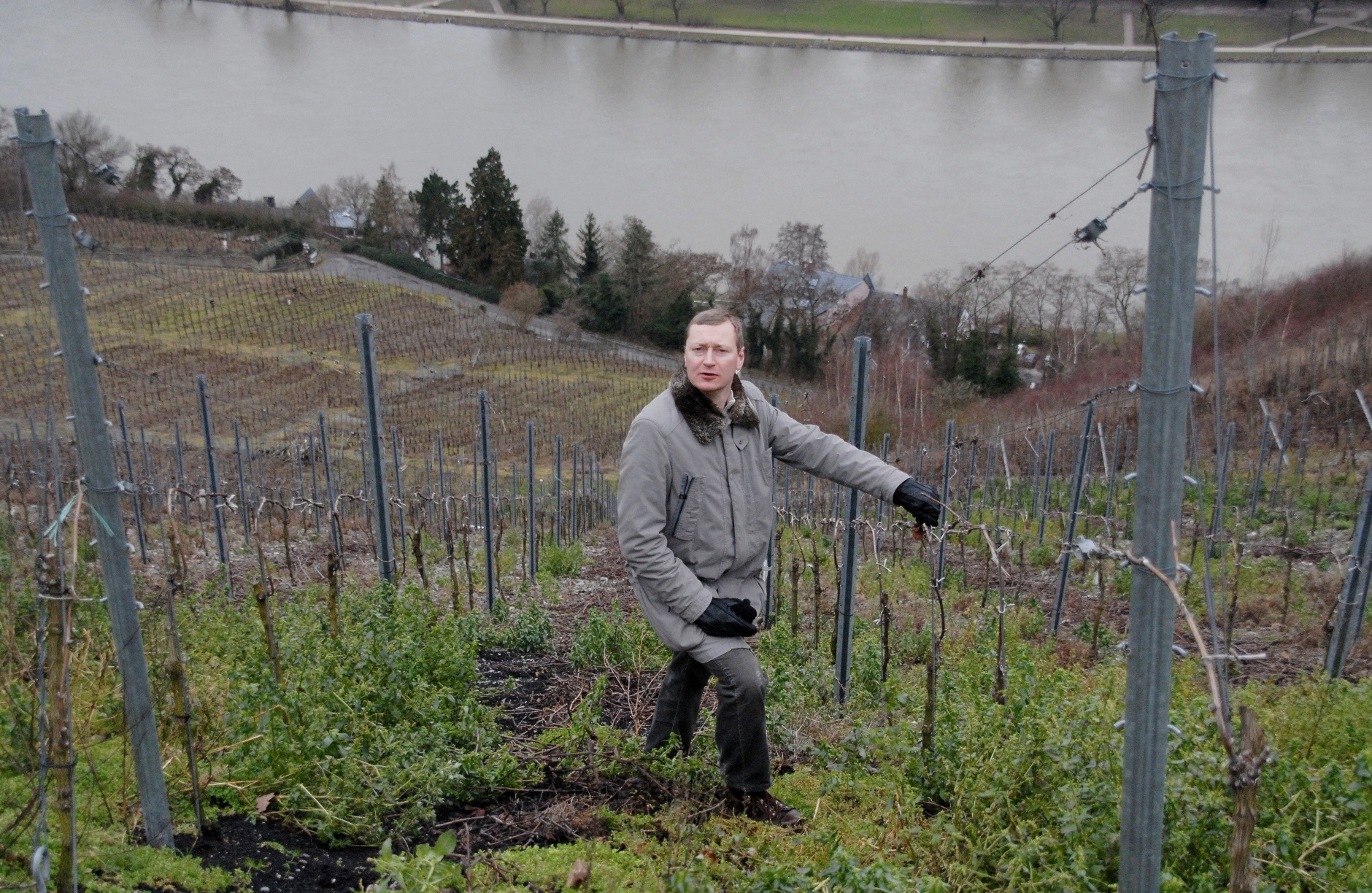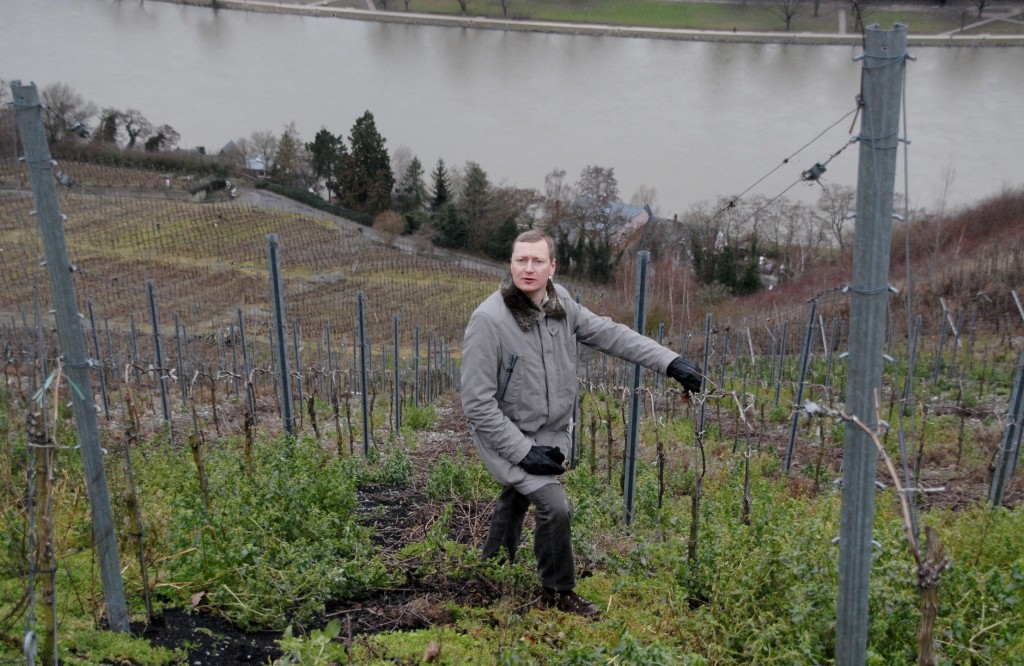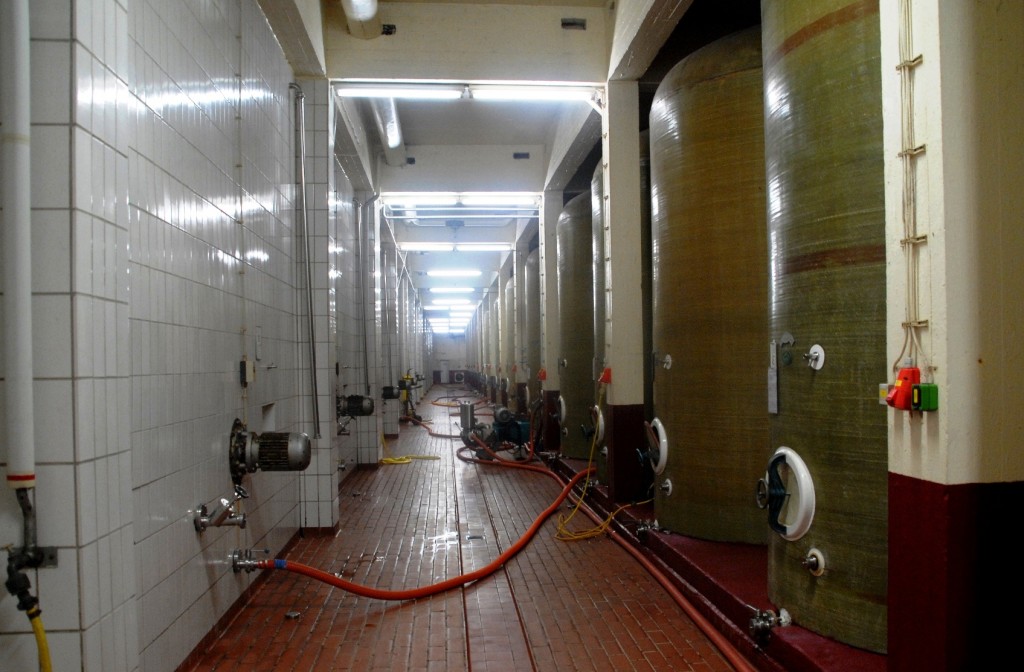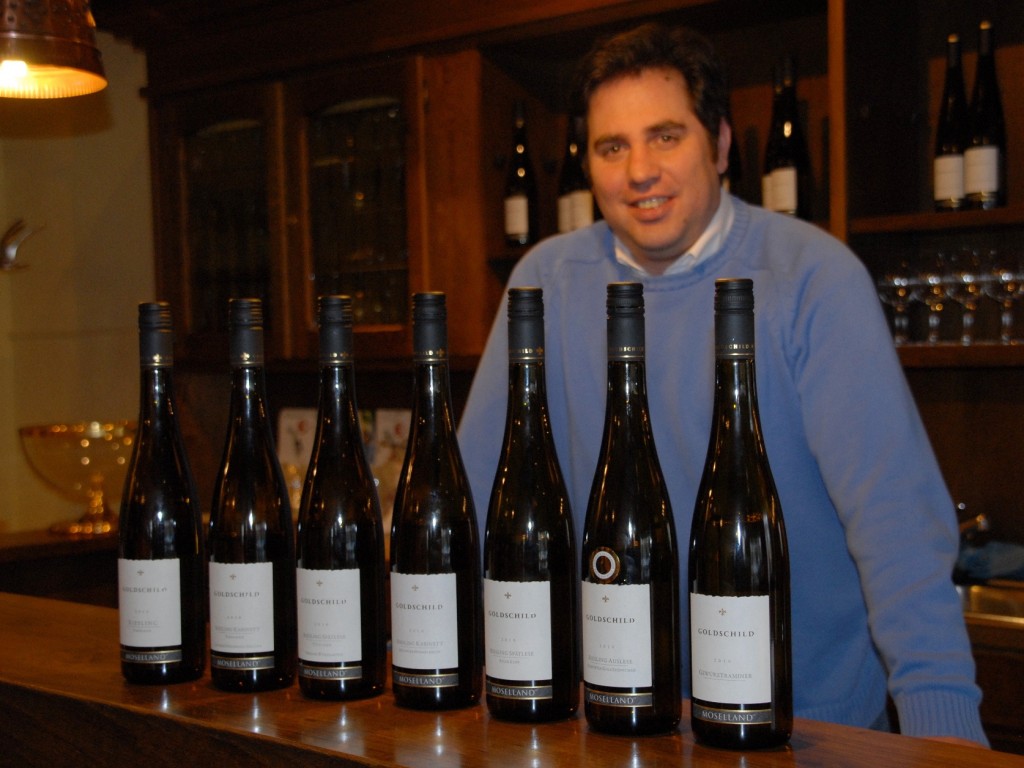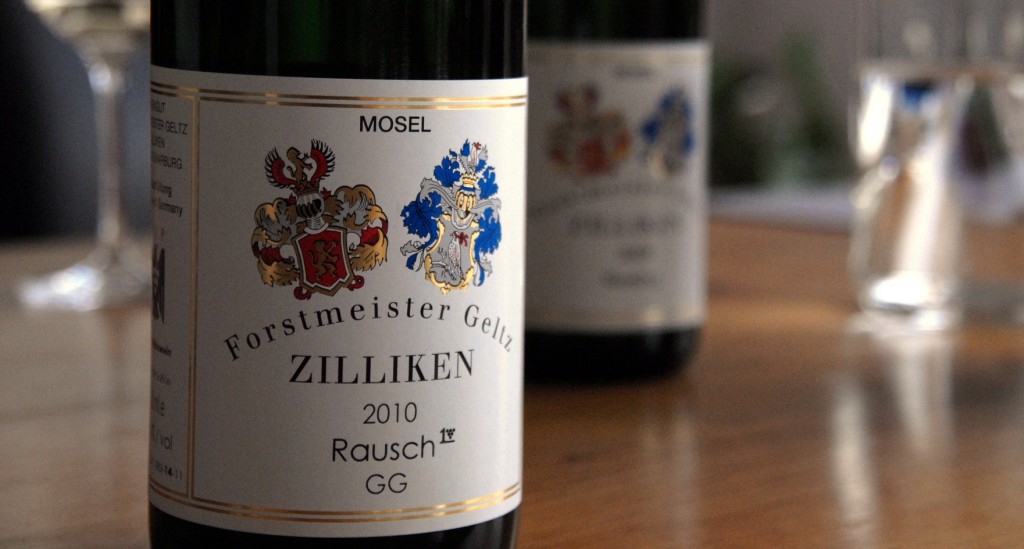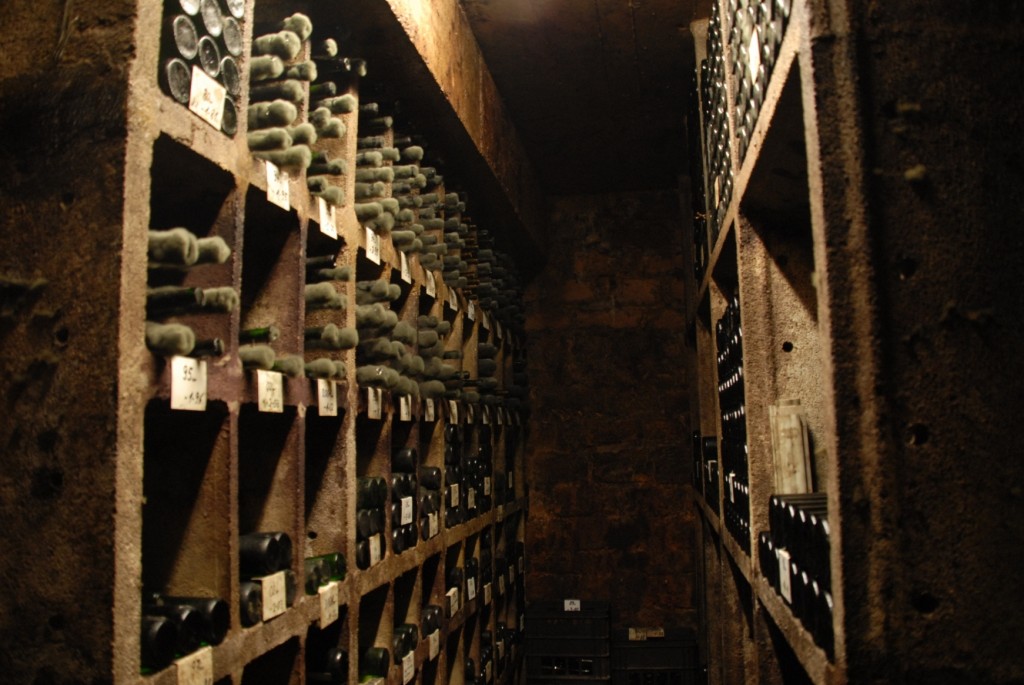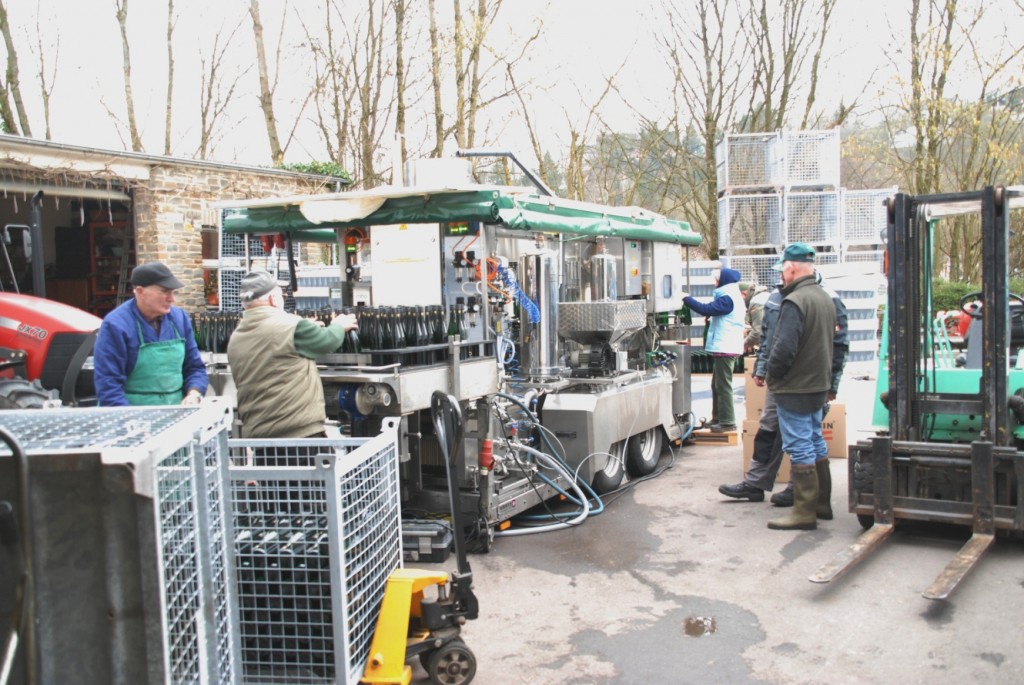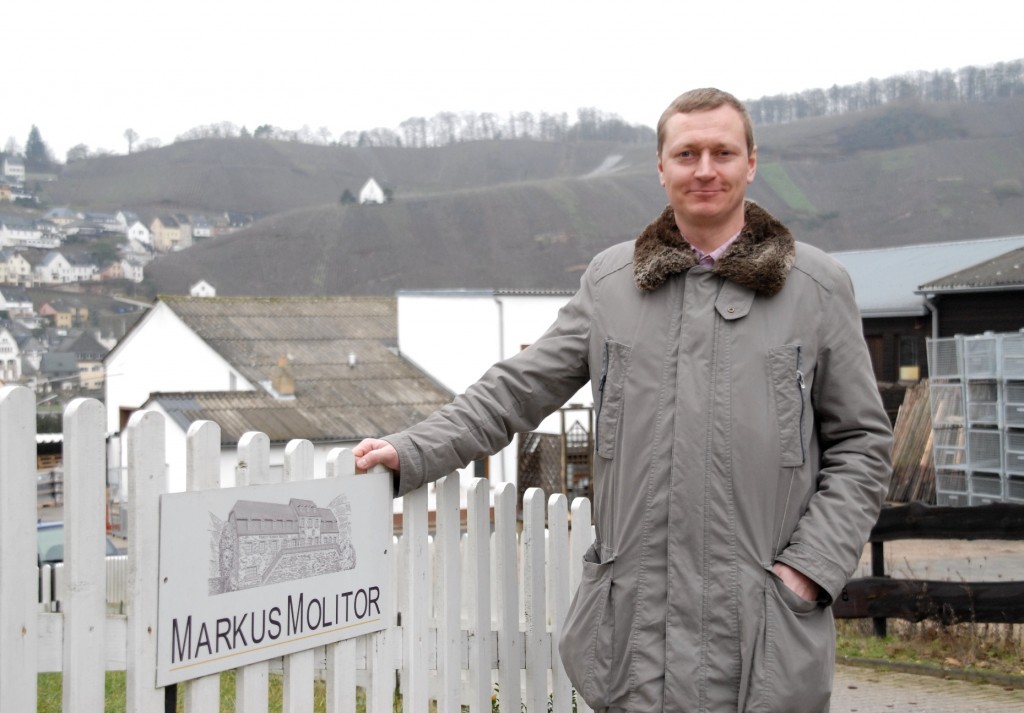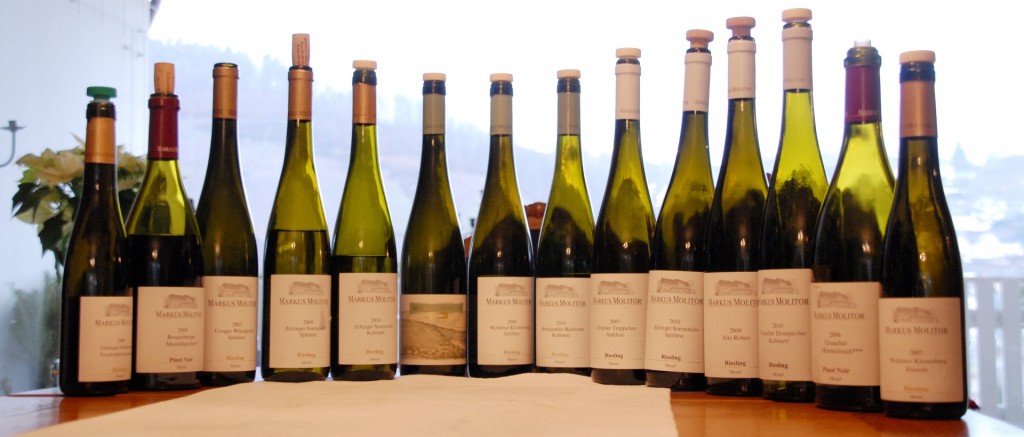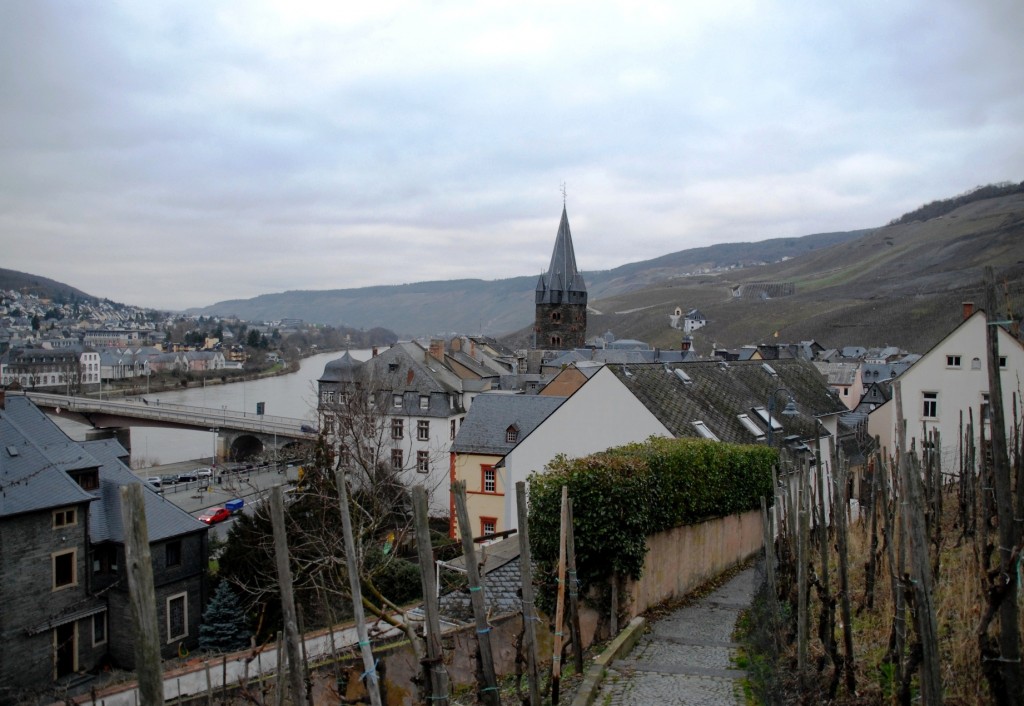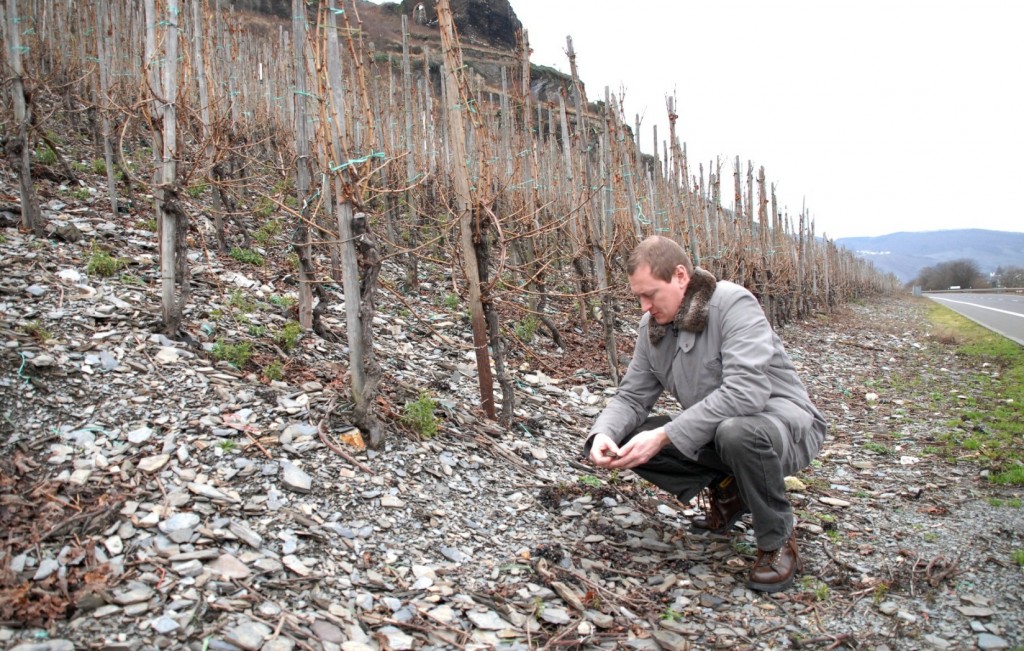Crispy and mineral rieslings, complicated labels and plenty of small villages. This was my impression about the wines of Mosel before the wine tour to this unique wine region.
Crispy and mineral rieslings, complicated labels and plenty of small villages. This was my impression about the wines of Mosel before the wine tour to this unique wine region.
 Mosel has a long history in wine business. Already the Romans were cultivating wine there something like 2000 years ago, as Trier was the most important city (after the Rome itself, of course) for this powerful nation at some point of it’s history.
Mosel has a long history in wine business. Already the Romans were cultivating wine there something like 2000 years ago, as Trier was the most important city (after the Rome itself, of course) for this powerful nation at some point of it’s history.
The German classification system is unique, as the Prädikat wines (QmP) are categorised by the sugar content of the grape itself. The wines of Mosel are quite often low in alcohol, be they dry, medium or luscious. Their reputation seems to be good and they are quite well known around the world. The export manager Matthias Dockendorff, who is in charge of the Asian market, of Moselland eG, is challenged by the Chinese markets. Even smaller producers have find out that there is a demand for the quality Mosel wines also outside the Germany. Dorothee Zilligen says that 70 % of their production is exported to other countries. Who knows how for example the Asian market will be in a future, as wines from Mosel matches very well with most Asian food…
The first of our tastings was organised by Matthias Dockendorf and Steffi Klein of Moselland eG. This cooperative is the biggest in Mosel, producing 24 millions liters a year. The producer is big and the production seemed to be well organised, naturally. We tasted 7 wines of their Goldschild range, Moselland Winzersekt and Moselland Eiswein 1990. My favourites were the lovely Goldschild Gewürztraminer 2010 and complex Moselland Riesling Eiswein 1990, but also the Winzersekt was a nice and crispy Sekt. Other wines tasted were: 2010 Riesling Trocken, 2010 Riesling Kabinett (Lieserer Niederberg-Helden), 2010 Riesling Spätlese Trocken (Ürziger Würzgarten), 2010 Riesling Kabinett (Zeltingen- Himmelreich), 2010 Riesling Spätlese (Ayler Kupp of Saar) and 2010 Riesling Auslese (Piesporter Goldtröpfchen). They were all of a high quality, nice and enjoyable wines which I would like to experience a bit matured as well.
Matthias Dockendorf ja tasting-tuotteet
Later on Dorthee Zilligen showed us some hospitality, but also her passionate for the wines she is producing. This fine lady told us that her family has been in a wine business for appr. 250 years, and this surely has resulted as a unique ability to make superb wines! As we came in to the weingut, the bottling was taking place in a backyard with portable bottling machine. Something like 20.000 bottles was to be filled within the day. The annual production is appr. 70.000 liters. We tasted Rauch GG 2010, Butterfly 2011, Riesling 2009, Rauch Kabinett 2010, Bockstein 2010 Spätlese, Rauch Spätlese 2010, Saarburger Rauch Riesling Auslese 1993, Rauch Auslese 2010 and Saarburger Rauch Auslese Long Goldcap 2005. I can say that these wines were outstanding! As they impressed such a stylish and complex way of making wine, it is no surprise that there is a great global demand for them. I surely hope that Finnish consumers could experience these as well or any other consumers.
Maanpäällinen taivas – yksi monista
Markus Molitor wine estate was under the construction and therefore we got an opportunity for a home visit in Zeltingen. We tasted the following 14 wines: Graacher Domprobst Kabinett 2010, Zeltingen Sonnenuhr Spätlese 2010, Erdener Treppchen Spätlese 2007, Alte Reben 2008, Bernkasteler Badstube Kabinett 2010, Wehlener Klosterberg Spätlese 2006, Edition Bernkasteler Badstube Spätlese 2003, Zeltigen Sonnenuhr Kabinett 2010, Zeltigen Sonnenuhr Spätlese 2010, Ürziger Würzgarten Spätlese 2003, Wehlener Klosterberg Eiswein 2007, Zeltinger Schossberg Trockenbeerenauslese 2006, Graacher himmelreich *** Pinot Noir 2006 and Brauneberg Mandelgraben*2008. I cannot say which of these great wines was best, as I really liked all of them. Anyway the Pinot Noirs (or Spätburgunder, as it is called in Germany) showed me that German Pinot Noir could be surprisingly good and we become friends quite naturally. Also the Trockenbeerenauslese was quite yammy…
Our last visit was to A.S. Prüm. This picturesque estate is located by the River Mosel and they provide also accommodation on a guesthouse. Saskia Prüm kindly hosted us (altought we got a chance to say hello to Raimund Prüm as well) and presented the traditional cellar as well as more modern technology used in wine making. Once again we were surprised by the passion and effort put on a wine making. The wines we tasted were Chardonnay 2010, Solitär Riesling 2011, Blue Riesling Kabinett 2007, Wehlener Sonnenuhr GG Riesling Alte Rebe 2010, Graacher Domprobst Riesling GG 2009, Sebastian A. Riesling 2010, Essence 2010, Ürziger Würzgarten Riesling Kabinett 2009 and Wählener Sonnenuhr Spätlese 2004. Truly great wines in a nice environment left us impressed after the tasting. I can hardly wait to see Raimund Prüm in Finland later on this spring to know more about their wines.
As a conclusion I would say that visiting the Mosel on a low-season was a nice and instructive short-break. What about the impression about the wines after the wine tour, is it still the same? The labels are a bit easier (a bit, that is!), there were even more villages one by one than I could understand previously and the wines, they are mineral and crispy. Or luscious, medium, traditional, herbal, complex, sensitive, fruity, floral…
I would suggest you to explore them by yourself and make up our own opinion – you will not regret it!
Kuvat © Mikko Laine
 Mosel has a long history in wine business. Already the Romans were cultivating wine there something like 2000 years ago, as Trier was the most important city (after the Rome itself, of course) for this powerful nation at some point of it’s history.
Mosel has a long history in wine business. Already the Romans were cultivating wine there something like 2000 years ago, as Trier was the most important city (after the Rome itself, of course) for this powerful nation at some point of it’s history.
The German classification system is unique, as the Prädikat wines (QmP) are categorised by the sugar content of the grape itself. The wines of Mosel are quite often low in alcohol, be they dry, medium or luscious. Their reputation seems to be good and they are quite well known around the world. The export manager Matthias Dockendorff, who is in charge of the Asian market, of Moselland eG, is challenged by the Chinese markets. Even smaller producers have find out that there is a demand for the quality Mosel wines also outside the Germany. Dorothee Zilligen says that 70 % of their production is exported to other countries. Who knows how for example the Asian market will be in a future, as wines from Mosel matches very well with most Asian food…
The first of our tastings was organised by Matthias Dockendorf and Steffi Klein of Moselland eG. This cooperative is the biggest in Mosel, producing 24 millions liters a year. The producer is big and the production seemed to be well organised, naturally. We tasted 7 wines of their Goldschild range, Moselland Winzersekt and Moselland Eiswein 1990. My favourites were the lovely Goldschild Gewürztraminer 2010 and complex Moselland Riesling Eiswein 1990, but also the Winzersekt was a nice and crispy Sekt. Other wines tasted were: 2010 Riesling Trocken, 2010 Riesling Kabinett (Lieserer Niederberg-Helden), 2010 Riesling Spätlese Trocken (Ürziger Würzgarten), 2010 Riesling Kabinett (Zeltingen- Himmelreich), 2010 Riesling Spätlese (Ayler Kupp of Saar) and 2010 Riesling Auslese (Piesporter Goldtröpfchen). They were all of a high quality, nice and enjoyable wines which I would like to experience a bit matured as well.
Matthias Dockendorf ja tasting-tuotteet
Later on Dorthee Zilligen showed us some hospitality, but also her passionate for the wines she is producing. This fine lady told us that her family has been in a wine business for appr. 250 years, and this surely has resulted as a unique ability to make superb wines! As we came in to the weingut, the bottling was taking place in a backyard with portable bottling machine. Something like 20.000 bottles was to be filled within the day. The annual production is appr. 70.000 liters. We tasted Rauch GG 2010, Butterfly 2011, Riesling 2009, Rauch Kabinett 2010, Bockstein 2010 Spätlese, Rauch Spätlese 2010, Saarburger Rauch Riesling Auslese 1993, Rauch Auslese 2010 and Saarburger Rauch Auslese Long Goldcap 2005. I can say that these wines were outstanding! As they impressed such a stylish and complex way of making wine, it is no surprise that there is a great global demand for them. I surely hope that Finnish consumers could experience these as well or any other consumers.
Maanpäällinen taivas – yksi monista
Markus Molitor wine estate was under the construction and therefore we got an opportunity for a home visit in Zeltingen. We tasted the following 14 wines: Graacher Domprobst Kabinett 2010, Zeltingen Sonnenuhr Spätlese 2010, Erdener Treppchen Spätlese 2007, Alte Reben 2008, Bernkasteler Badstube Kabinett 2010, Wehlener Klosterberg Spätlese 2006, Edition Bernkasteler Badstube Spätlese 2003, Zeltigen Sonnenuhr Kabinett 2010, Zeltigen Sonnenuhr Spätlese 2010, Ürziger Würzgarten Spätlese 2003, Wehlener Klosterberg Eiswein 2007, Zeltinger Schossberg Trockenbeerenauslese 2006, Graacher himmelreich *** Pinot Noir 2006 and Brauneberg Mandelgraben*2008. I cannot say which of these great wines was best, as I really liked all of them. Anyway the Pinot Noirs (or Spätburgunder, as it is called in Germany) showed me that German Pinot Noir could be surprisingly good and we become friends quite naturally. Also the Trockenbeerenauslese was quite yammy…
Our last visit was to A.S. Prüm. This picturesque estate is located by the River Mosel and they provide also accommodation on a guesthouse. Saskia Prüm kindly hosted us (altought we got a chance to say hello to Raimund Prüm as well) and presented the traditional cellar as well as more modern technology used in wine making. Once again we were surprised by the passion and effort put on a wine making. The wines we tasted were Chardonnay 2010, Solitär Riesling 2011, Blue Riesling Kabinett 2007, Wehlener Sonnenuhr GG Riesling Alte Rebe 2010, Graacher Domprobst Riesling GG 2009, Sebastian A. Riesling 2010, Essence 2010, Ürziger Würzgarten Riesling Kabinett 2009 and Wählener Sonnenuhr Spätlese 2004. Truly great wines in a nice environment left us impressed after the tasting. I can hardly wait to see Raimund Prüm in Finland later on this spring to know more about their wines.
As a conclusion I would say that visiting the Mosel on a low-season was a nice and instructive short-break. What about the impression about the wines after the wine tour, is it still the same? The labels are a bit easier (a bit, that is!), there were even more villages one by one than I could understand previously and the wines, they are mineral and crispy. Or luscious, medium, traditional, herbal, complex, sensitive, fruity, floral…
I would suggest you to explore them by yourself and make up our own opinion – you will not regret it!
Kuvat © Mikko Laine

